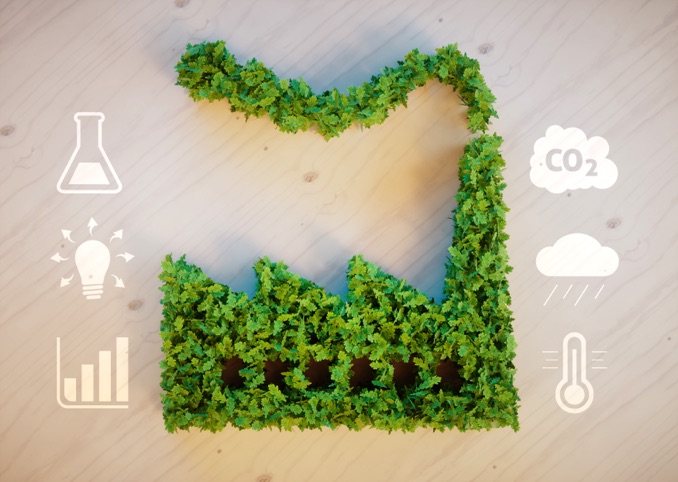Today’s eco question: What are the criteria for evaluating responsible production? The - Première Vision Paris - Denim Première Vision - Première Vision New York
A brand’s path to responsible transformation frequently begins with sourcing materials with reduced impact. While raw materials play an important role, this parameter is far from the only component of a virtuous model.
How to assess the strength of a responsible production?

It is through the transformation of these materials, and global initiatives throughout the value chain carried by companies, both on the environmental and social fronts, that the strength of an approach can be assessed. An environmental management system, such as shared in the ISO 14001 standard, or certifications such as Bluesign, OEKO-TEX® STeP or Leather Working Group, help to frame the essential criteria for responsible production. Traceability is essential before this deployment, to shed light on often opaque value chains, in order to prevent and identify risks, and lead to prospects for continuous improvement.
Read also: Smart Key: Recycling—can the fashion sector become self-sufficient in resources?
The fields of observation
- Measured water consumption–with technologies that combine efficiency and low water consumption.
- Attention to effluent quality–with filtration, treatment, purification and measurement of sludge and wastewater.
- Control of chemical inputs–through strict management and control, or at a minimum compliance with Reach for suppliers outside Europe.
- Reasonable energy consumption–with the use of renewable energies and processes that allow for a reduction in consumption, and a decrease in CO2 emissions.
- Control of gas emissions and air pollution–with filtration systems and the use of non-toxic substances.
- Waste management–through sorting, elimination and valorization of by-products and waste.
- Vigilance for working conditions, ensuring the health and safety of workers, non-exposure to substances and risks, ensuring decent working conditions with a living minimum wage, minimum rest time and paid leave, and respect for human rights, at a minimum compliance with the Fundamental Conventions of the International Labor Organization.
- Animal welfare–guaranteeing dignity of conditions of treatment, based on criteria of nutrition, environment, health, behavior and mental state.
The alignment between goals set out on a roadmap and the concrete actions put in place and measured to verify their scope allows for a continuous improvement approach, a guarantee of a desire for lasting transformation.
